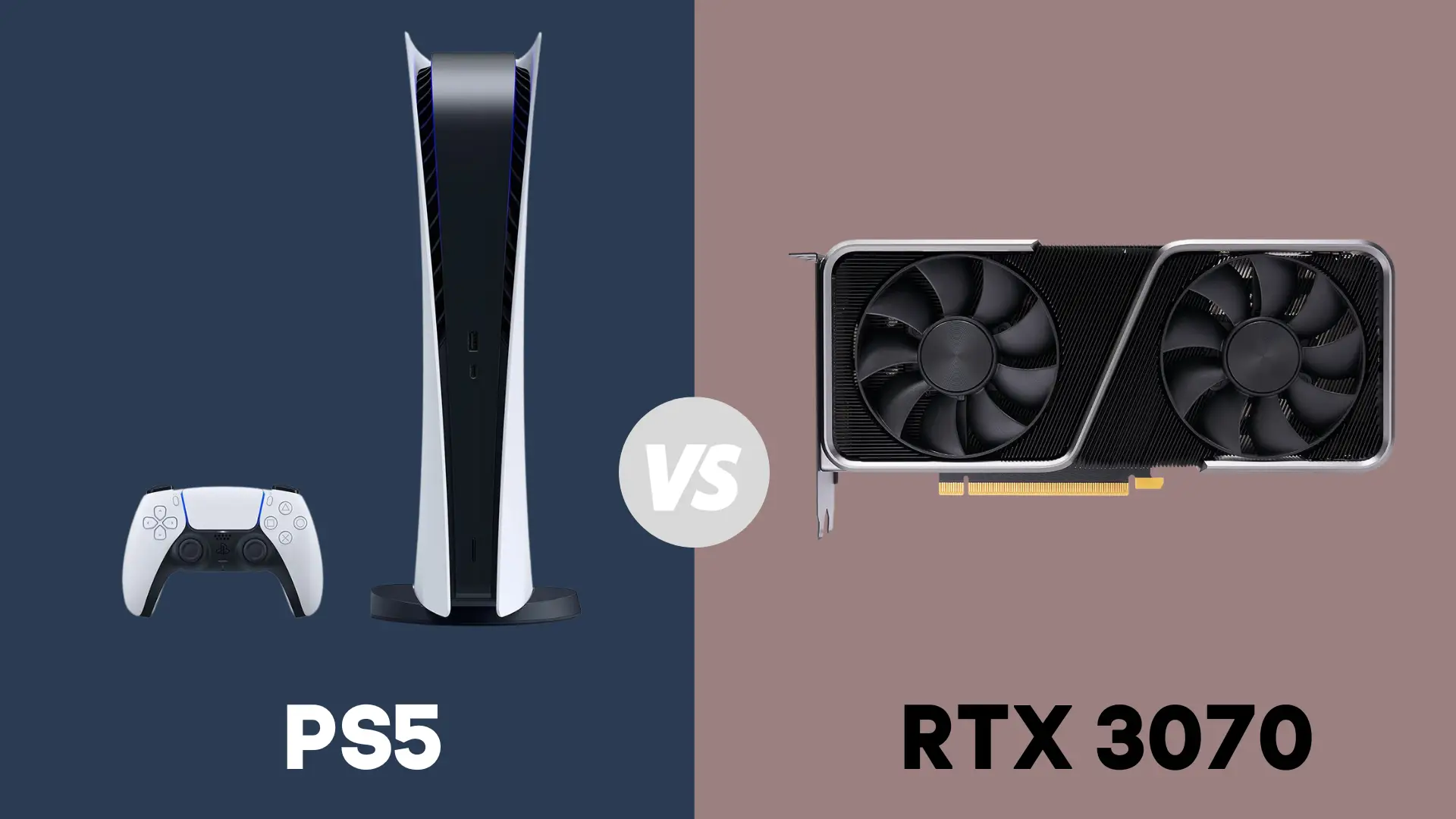What’s the Meaning of AMC Digital?

Whether you’re an avid film lover or simply a casual cinema attendee, you may have seen a number of brands being bandied about, including Dolby Surround Sound, IMAX, and AMC Digital. But what is AMC Digital, how does it work, and does it really make a difference to your cinema experience? Here’s a deep dive into the meaning of AMC Digital, including its specs, differences from other types of digital film and similar areas of concern you may want to understand before your next trip to the movies.
What’s the Meaning of AMC Digital?
AMC Digital can be summed up as the transition of typical movie theater film-based reel-to-reel projectors to more modern digital projectors. Though there may be some small losses in terms of the filmmaking art, the clarity of sound and visuals are greatly enhanced, providing a superior film-going experience at a lower cost when compared to IMAX digital.
To really understand AMC Digital meaning, you need to have a solid grasp of the rest of the industry as it currently operates. This makes it much easier to understand the finer points between analog, digital, IMAX, and AMC. Here’s a quick overview to help you get the basics down before we get into the greater details of digital cinema.
Do movie theaters still have 35mm film?
Some movie theaters use 35mm film, which is the standard definition in many interpretations. This is similar to the older-fashioned home video cameras which would move the film from one reel to another, and are a part of the cinema experience many have come to expect over time. This is different from analog IMAX, which is based on 70mm film, providing four times as much data and delivering a much cleaner, more crisp film overall. Combined with the larger, often wrap-around screen used in IMAX films, this is a big part of the draw for this type of imagery and cinema.
This is one of the reasons why IMAX film showings have been so popular in the past, because in addition to the more immersive experience, the film was shown on a screen that was about 40% larger while using film to project that was 300% larger than the industry standard of 35mm, providing a much higher level of clarity in the projection. However, as technology and filming innovations have caught up to both sides of the industry, the gap has closed significantly, with AMC Digital providing a better price point compared to both standard film and IMAX showings.
What is Digital Cinema?
Over the years, analog film has been replaced in many cinemas by digital technology. This process is still ongoing, but it’s changing how film is being produced and distributed across the country and around the world. Digital cinema specifically refers to how digital technology is used in broadcasting or projecting films instead of the traditional reel-to-reel projectors used in the past. In addition, the films can be produced using digital cameras, allowing them to be edited using nonlinear editing or NLE software. The biggest areas where this technology has advanced is its impact on film distribution and projector technology and clarity.
Effect of Digital Technology on Distribution
When digital technology began to overtake analog films, it was difficult to move the data over the internet due to connectivity speeds. Though sending a drive or cartridge to the cinema from the production company was much less expensive than shipping the large reels of film to the theater. However, as internet connectivity has improved, this has also led to several other distribution channels, such as transmitting to the theater for viewing at a later time.
However, the 2020 COVID-19 pandemic was instrumental in changing how the film industry released films for viewing. Though streaming technology was common by that point for a range of after-theater sales and viewing, the various restrictions that were put into place for the pandemic caused the vast majority of theaters to close temporarily as the world got a grip on the impact and spread of the disease. Facing a serious threat to new release revenues, production companies had to rapidly pivot how they were releasing movies, with streaming of new movies that were ahead of their disc release dates offered through a wide range of streaming services as a rental option.
As our society continues to evolve from the changes that were implemented during the pandemic, production companies are increasing their ability to offer new release films both at theaters, for those who want to experience cinema viewing with a larger-than-life screen and earth-shaking sound, as well as through streaming services, for those who simply want to watch a new-release film from the comfort of their own home with their own snacks and loved ones.
Projectors for Digital Cinema
Movie theaters are often invested in their 35mm film projectors, being the technology that has seen them through decades of reliable performance. However, as new options become available, theaters are making the shift to digital projectors, in order to meet the demand of filmgoers who want to see the films in their same crisp, sharp, digital beauty that they’ve come to expect from their home viewing which often reaches high-definition or ultra-high definition precision.
For most modern theaters, especially chains, this change was adopted early on, with most modern film houses upgrading to 4K ultra-high definition technology in their projectors, often using laser-based systems to deliver the best possible clarity and resolution in the film being shown. Paired with superior surround sound systems, it provides the opportunity for the viewer to become immersed in the film without the higher expense of IMAX theaters and technology.
However, historic theaters and independent film cinemas have seen backlash when they switch to digital projectors. Many film aficionados are familiar with the basics of filming techniques, which can be lost when digital projectors and digitally-remastered films are used in a theater. For this reason, many cinemas of this nature are holding onto their existing technology, so that the art of filmmaking can be preserved and passed on to future generations. There is the concern that older films degrade and fade over time, which is why many classics are being digitally remastered, to preserve the art for future generations and prevent the loss of classical movies.
What’s the difference between AMC Digital and IMAX Digital
AMC and IMAX digital formats both have the advantage of using digital cameras and projectors over film-based systems, which lowers overall costs and ensures that the audience receives crisp imagery with a strong depth of color that has been difficult in the past. However, compared to their analog versions, the gap in the difference in projection quality has closed significantly, with both rendering the same level of projection clarity and sound. But what’s the difference between these two digital projecting formats now that the gap has closed?
To start, screen size. IMAX movies are shown on a screen that is 40% larger and has a 26% wider aspect ratio. That means there’s more screen real estate to fill, which is why it was originally filmed on cameras that used four times the film to record the scenes. That is reflected in the amount of data that is used in a digital camera and projector, with IMAX digital films taking more data than their AMC digital counterparts, being more expensive to film and more expensive to show, resulting in higher ticket prices at the box office.
Beyond screen size and filming costs, however, is the type of definition that is used. Both AMC Digital and IMAX Digital use 4K laser-based projectors to provide the most crisp, highly defined images during a showing. However, given the higher cost of producing and operating an IMAX theater presentation, many theater-goers choose to go with an AMC Digital experience for the lower cost over the more immersive and limited movie availability for IMAX.
Both technologies offer a range of interesting viewing options that allow the viewer to select their preference, which can include standard 2D movies, and 3D options for a more immersive, dimensional experience, with IMAX offering the additional capability for IMAX DM R, or dual-mode resolution. These give you the opportunity to feel as though you are immersed in the film world, whether you are in an AMC Digital or an IMAX Digital theater, without having to locate, travel to, or pay the higher cost for IMAX unless you choose to do so.
- How to Pair Meta Quest 3 Controllers with Your Quest 3 Headset: A Quick Guide
- How to Charge Meta Quest 3: A Guide to Powering Up Your VR Experience
- How to Cast Meta Quest 3 to Samsung TV: A Step-by-Step Guide
- How To Factory Reset Your Meta Quest 3: A Step-by-Step Guide
- How to Power On and Off the Meta Quest 3






